Forex Weekly Outlook Dec.15-19
The US dollar retraced some of the previous gains but managed to retrace the retracement as well. Japan’s Lower House Elections, UK inflation and employment data and the most important event: the last Fed decision for the year are the main highlights for this week. Follow along as we explore the Forex market movers.
The US consumer is certainly upbeat: US retail sales release showed Americans spent 0.7% more in November compared to the previous month and core sales followed suit. Also confidence is high, the highest since January 2007 according to UoM. This is partially attributed to the collapse in oil prices, which is hurting the Canadian dollar. In the euro-zone, the highly anticipated TLTRO fell short of predictions, strengthening the notion that QE is coming to the old continent. The antipodean currencies took different directions: the Aussie got a target of 0.75 from the central bank, while the New Zealand’s central bank seemed upbeat. Volatility continues being high despite the upcoming holidays. And now, we have the most important central bank speaking out:
- Japan Lower House Elections: Sunday. Japanese Prime Minister Shinzo Abe’s ruling party is expected to win sweeping victory according to media projection. Abe’s Liberal Democratic Party (LDP) is expected to take 303-320 seats of the powerful chamber’s 475 seats, reaching “super majority” needed to override votes in the upper house. The elections were called after Abe decided to push back the next sales tax hike as the previous one threw the country into recession. With high expectations, a failure to win a convincing majority could send the yen soaring and USD/JPY plunging down.
- UK inflation data: Tuesday, 9:30. UK inflation edged up to an annual rate of 1.3% in October, following 1.2% in the previous month. Analysts expected CPI to remain at 1.2%. Prices in the recreation and culture sectors increased while transport costs, as well as food and non-alcoholic beverages, fell. Despite this rise, the Bank of England warned the inflation rate could dip to as low as 1% in the coming months. However, the small rise in the rate of inflation is unlikely to alter the central bank’s decision to keep its key interest rate at 0.5% for the time being. Inflation is expected to reach 1.2% in November.
- German ZEW Economic Sentiment: Tuesday, 10:00. German economic sentiment rebounded in November, rising 15.1 points from October to 11.5. Analysts expected a modest improvement of 4.5 points towards 0.9 points. The recent encouraging signs of growth in the Eurozone suggesting the economy is stabilizing, contributed to the rise in sentiment. Economic sentiment is expected to edged up to 19.8 in December.
- UK Governor Mark Carney speaks: Tuesday, 10:30. Mark Carney, head of the Bank of England is scheduled to hold a press conference and talk about the Financial Stability Report in London. Despite elevated household confidence, as well as other economic indicators, including a recent positive trend in wage growth, the Eurozone struggling economy poses the major threat to the UK’s recovery.
- US Building Permits: Tuesday, 10:30. The number of permits for single- and multi-family housing edged up 4.8% in October, reaching a 1.08 million-unit pace, the highest since June 2008. The sharp rise in October was preceded by another increase in the prior month indicate a recovery trend in the housing market. However, the recent acceleration in demand is expected to boost wages and contribute to economic growth. The number of permits for single- and multi-family housing is forecasted t reach 1.06 million.
- UK employment data: Wednesday, 9:30. The number of unemployed in the UK fell by 20,400 in October, reaching 931,700, the lowest level since August 2008. The sharp drop continued a positive trend in the UK labor market with an 18,400 fall in September and a 33,400 decline in August. The ongoing improvement in the job market is an encouraging sign that wages will eventually pick-up and boost UK’s domestic economy. Claimant Count Change is expected to drop by 19,800 this time. It is also important to note wages: a rise of 1.3% is expected in average hourly earnings. The unemployment rate is predicted to tick down to 6% from 5.9% last time.
- US inflation data: Wednesday, 13:30. U.S. consumer prices remained unchanged in October, following September’s rise of 0.1%. Analysts expected a 0.1% decline in October. On a yearly base, consumer price index also remained unchanged from September’s increase of 1.7%. Excluding food and energy costs core consumer prices gained 0.2% in line with market forecast. On an annual basis, core CPI rose 1.8%, and remains below the Federal Reserve’s target of 2.0%. CPI is expected to decline 0.1%, while core CPI is predicted to gain 0.1%.
- Fed decision: Wednesday, 19:00, press conference at 19:30. In the last FOMC gathering in October, the Fed ended QE3 as expected, ending all doubts. Their bullish view of the labor market gave a boost to the dollar. The main focus of this meeting is the “considerable time” phrase related to the timing of the first rate hike. There is speculation that the Fed will alter the phrasing and call for patience on the rate hikes. Given the recent jobs report, which finally included a rise in wages, there is also a chance that the Fed totally removes this wording thus hinting of an earlier rate hike, perhaps even in March. In addition to the statement, the Fed releases its forecasts, including the famous “dot chart”. The last release showed rates rising to 1.375 on average by the end of 2015. Will this average be pushed back with lower inflation expectations? And last but not least, Fed Chair Janet Yellen meets the press and reporters will likely try to extract some more specific wording about the timing of rate hikes. There are quite a few wild cards here and volatility is certainly expected to be wild. All in all, an upbeat view on the US economy should keep the dollar bid, while dovish caution, something that the Fed does very often, would weigh on the greenback.
- NZ GDP: Wednesday, 21:45. New Zealand’s economy expanded at the fastest pace in 10 years in the second quarter, as Gross domestic product edged up 3.9% on a yearly base and 0.7% from the first quarter. Both readings exceeded market forecast. Strong domestic demand is the major growth force in New Zealand’s economy, but surging exports to China have also contributed to this expansion. Gross Domestic Product is expected to gain 0.7% in the third quarter.
- German Ifo Business Climate: Thursday, 9:00. German business sentiment rebounded in November, reaching 104.7 from 103.2 posted in the prior month. The reading was better than the 103 points forecasted by analysts, signaling the downturn trend in German economy has halted. The slowdown in economic activity was led by the euro-area partners’ sluggish demand and a sharp drop in exports to Russia. The third quarter growth rate reached just 0.1% after a 0.1% contraction in the first quarter. However recent economic data suggest an ongoing improvement in the German economy. German business sentiment is expected to improve further to 105.6.
- US Unemployment Claims: Thursday, 13:30. The number of Americans filing initial claims for unemployment benefits dropped 3,000 last week, reaching 294,000, staying below the 300,000 level. Analysts expected claims to reach 299,000. However, despite the fall in weekly claims, the number of continuing claims increased from 2.372 million to 2.514 million. The 4-week moving average increased to 299,250, from 299,000 posted last week. The number of initial claims for unemployment benefits is expected to reach 297,000 this week.
- US Philly Fed Manufacturing Index: Thursday, 15:00. The Philly Fed manufacturing survey jumped from 20.7 in October to 40.8 in November posting the highest reading since December 1993. The big rise suggests increased growth in manufacturing activity. New orders and shipments showed similar improvement this month. Employment was higher and the outlook indicator showed expected growth will continue over the next six months. Manufacturing activity in the Philadelphia area is predicted to rise to 26.3 this time.
- Japan rate decision: Friday. The Bank of Japan’s November Statement revealed the bank is willing to step up its operations of quantitative and qualitative monetary easing and presented its assessment of the outlook of the Japanese economy. The Policy Board members stated the weaknesses in demand after the consumption tax hike implementation. Prime Minister Shinzo Abe announced he would postpone the 2 percentage point tax hike scheduled for next October and also called for a general election.


 LinkBack URL
LinkBack URL About LinkBacks
About LinkBacks





 Reply With Quote
Reply With Quote
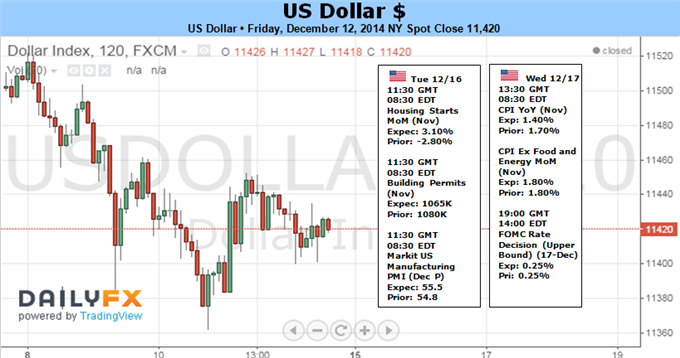
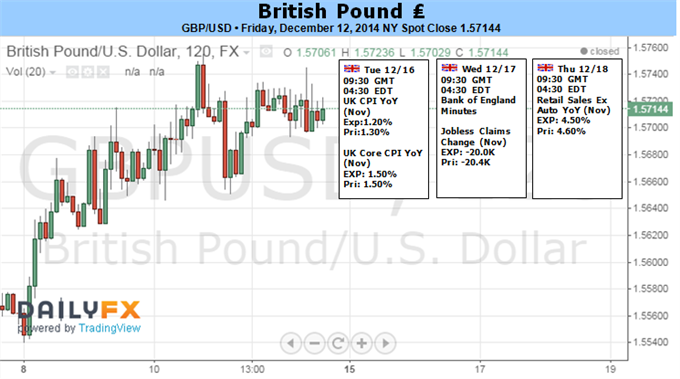
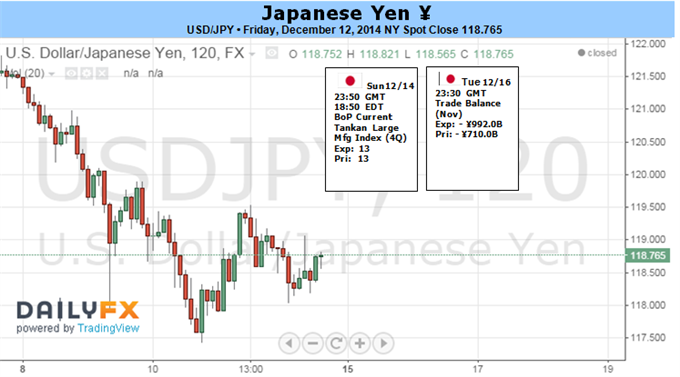
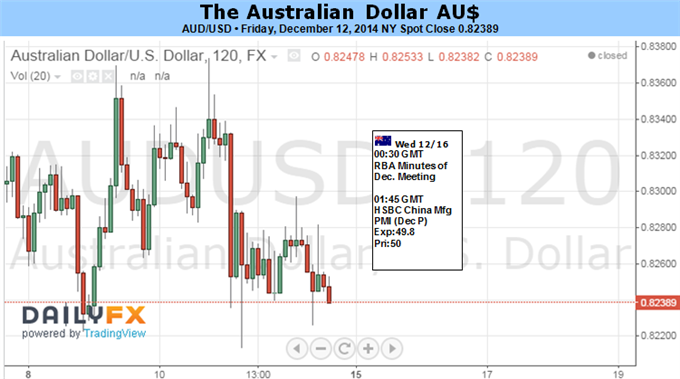
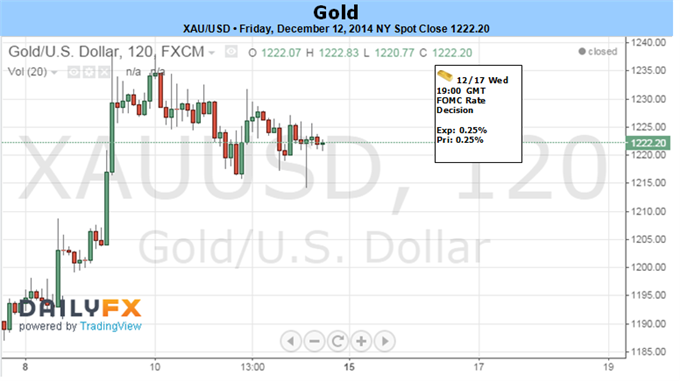


Bookmarks